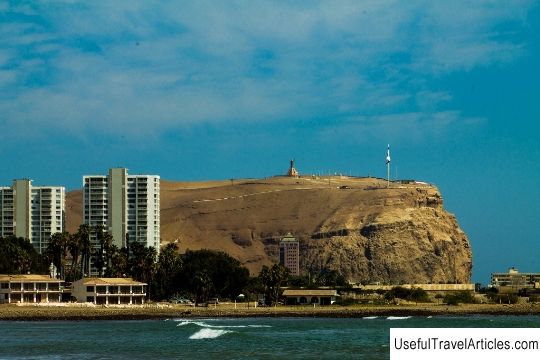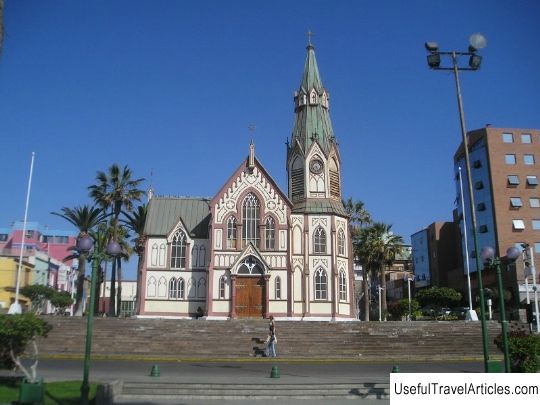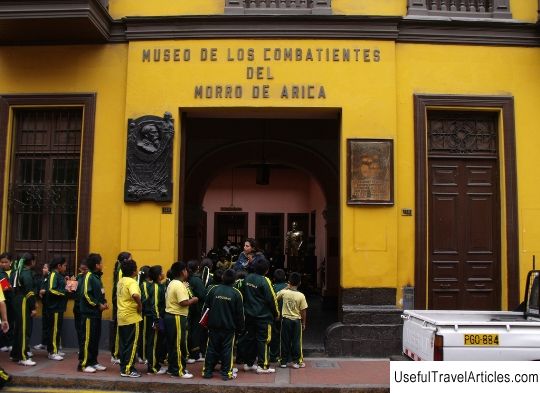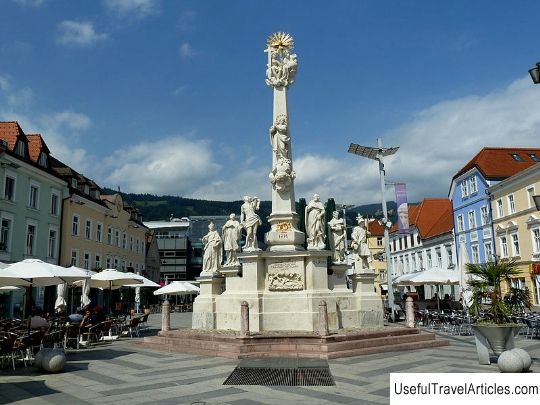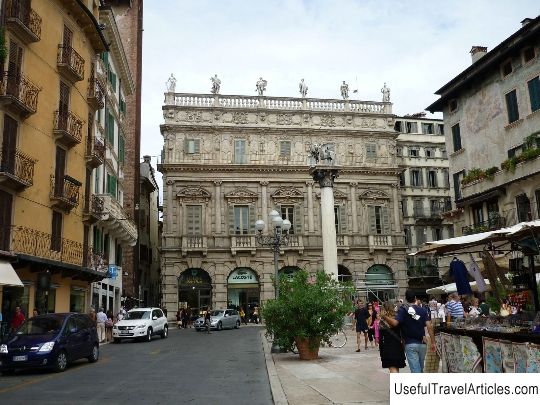Historical Museum and Museum of Arms (Museo Historico y de Armas de Arica) description and photos - Chile: Arica
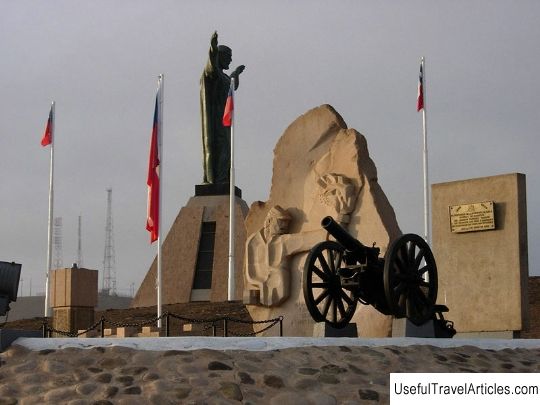
Historical Museum and Museum of Arms (Museo Historico y de Armas de Arica) description and photos - Chile: Arica. Detailed information about the attraction. Description, photographs and a map showing the nearest significant objects. The title in English is Museo Historico y de Armas de Arica. Photo and descriptionMorro de Arica is a rocky promontory 130 meters high, from the top of which you can enjoy panoramic views of the harbor and the city of Arica, northern Chile. Cape Morro is a symbol of the city and can be seen on all tourist postcards. Since 1971, the Historical Museum and the Museum of Weapons have been opened at the top of the cape, and it has also been declared a National Monument of Chile. Morro de Arica has a large square with several monuments. They remind of the war in the Pacific Ocean and the battle for the capture of this height by Chilean troops on June 7, 1880. This is a bust of Colonel Pedro Lagos, a monument to the Unknown Soldier and a monument to Christ, Cristo de la Concordia, which recalls the union of three bordering countries - Peru, Bolivia and Chile. The Treaty of Peace and Accord between the warring countries in the war (1879-1883) in the Pacific was signed on October 20, 1883. Cristo de la Concordia, a symbol of peace between Chile and Peru, was installed on the top of Morro. This 11-meter bronze sculpture of Jesus Christ weighing 15 tons, the work of the Chilean artist Raul Valdivieso, was made in Madrid in 1987. But it was not until 1999 that a statue of Christ was installed on Morro de Arica overlooking the Pacific Ocean. His right hand points to Peru, his left to Chile. At its base, under the coats of arms of Chile and Peru, the words are engraved: `` Love each other as I loved you. '' Geographically, this cape is part of the Cordillera de la Costa, Andes mountain range. The Museum of History and Weapons is located in the ancient fortifications of the old fortress. The exposition includes samples of military uniforms, weapons, ammunition, books, magazines, photographs and various items used by the Peruvian and Chilean troops of that time. There are two ways to get to the museum: either by car from Sotomayor Street, or take a walk along the path at the end of Water Street. And when you stop in front of a large rock of the promontory, lift your head up and try to explain to yourself how the brave Chilean soldiers managed to free this almost impregnable fortress from invaders in just 55 minutes, because the slope here is almost vertical. either drive up from Sotomayor Street or take a walk along the footpath at the end of Water Street. And when you stop in front of a large rock of the promontory, lift your head up and try to explain to yourself how the brave Chilean soldiers managed to free this almost impregnable fortress from invaders in just 55 minutes, because the slope here is almost vertical. either drive up from Sotomayor Street or take a walk along the footpath at the end of Water Street. And when you stop in front of a large rock of the promontory, lift your head up and try to explain to yourself how the brave Chilean soldiers managed to free this almost impregnable fortress from invaders in just 55 minutes, because the slope here is almost vertical.       We also recommend reading Villa Perego di Cremnago description and photos - Italy: Lake Como Topic: Historical Museum and Museum of Arms (Museo Historico y de Armas de Arica) description and photos - Chile: Arica. |
